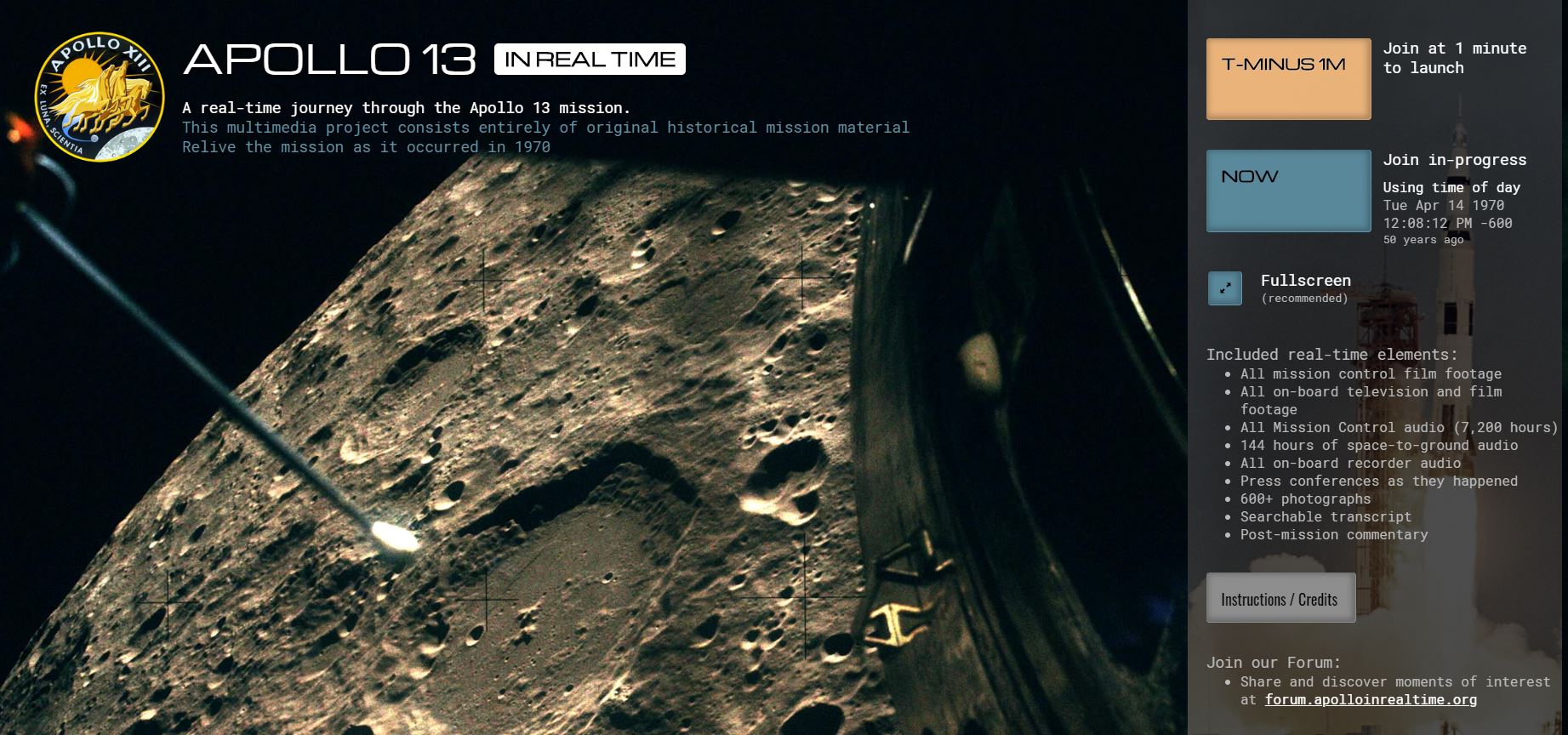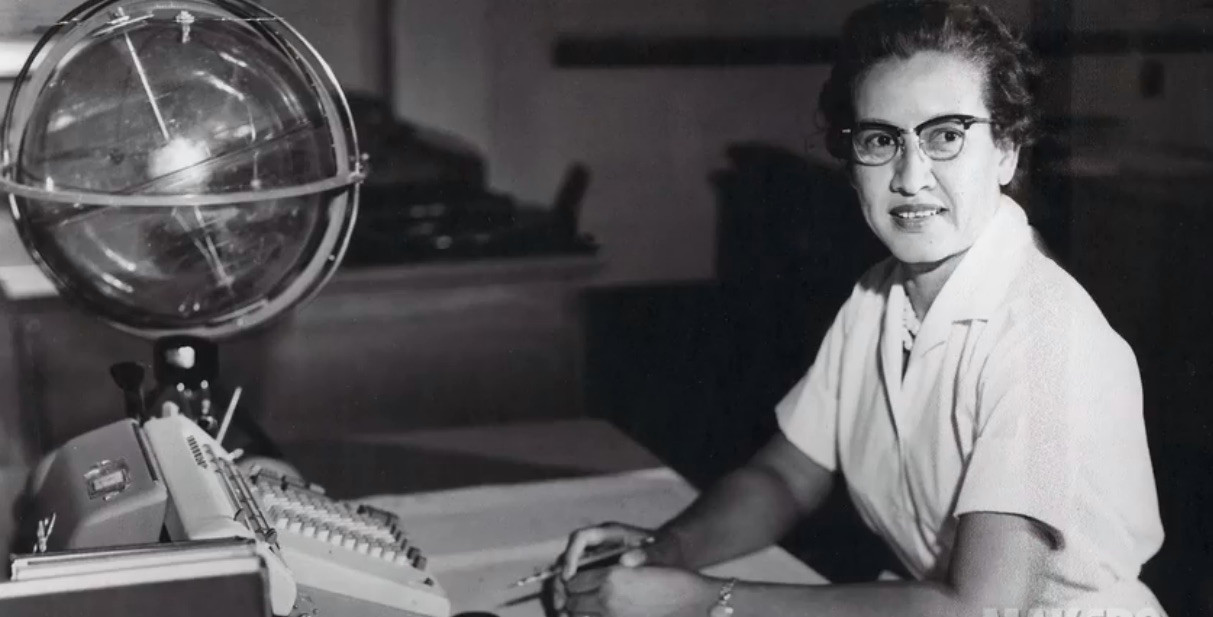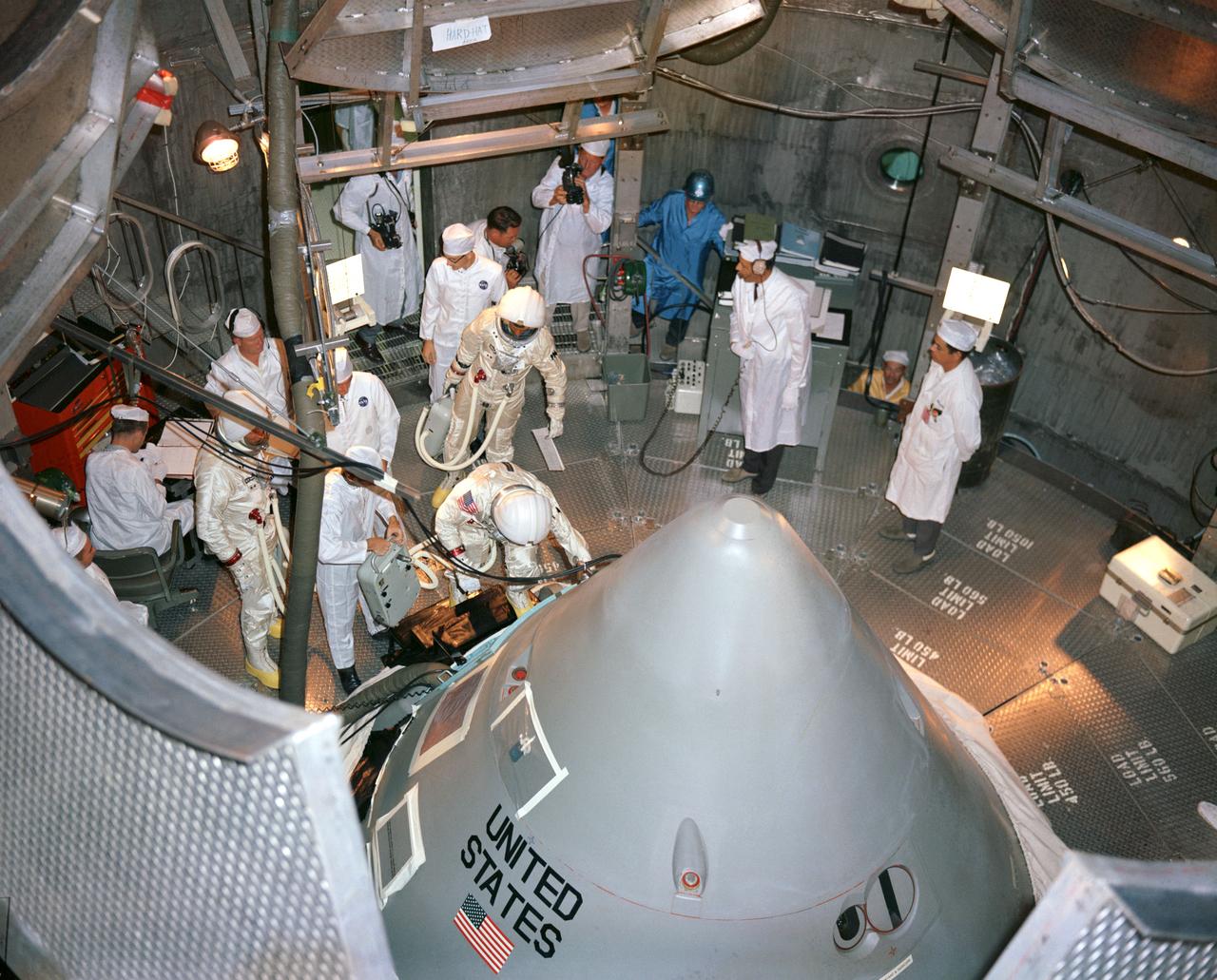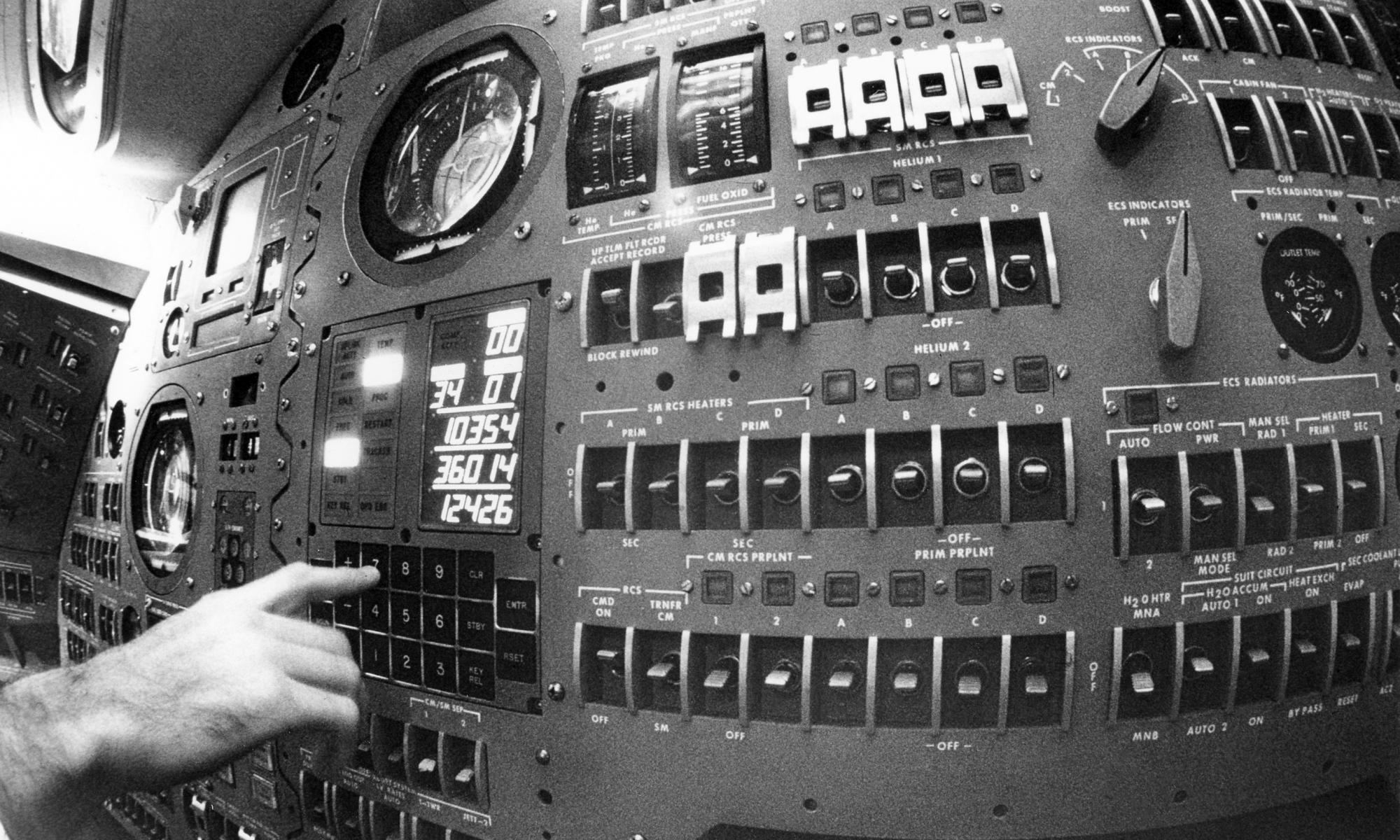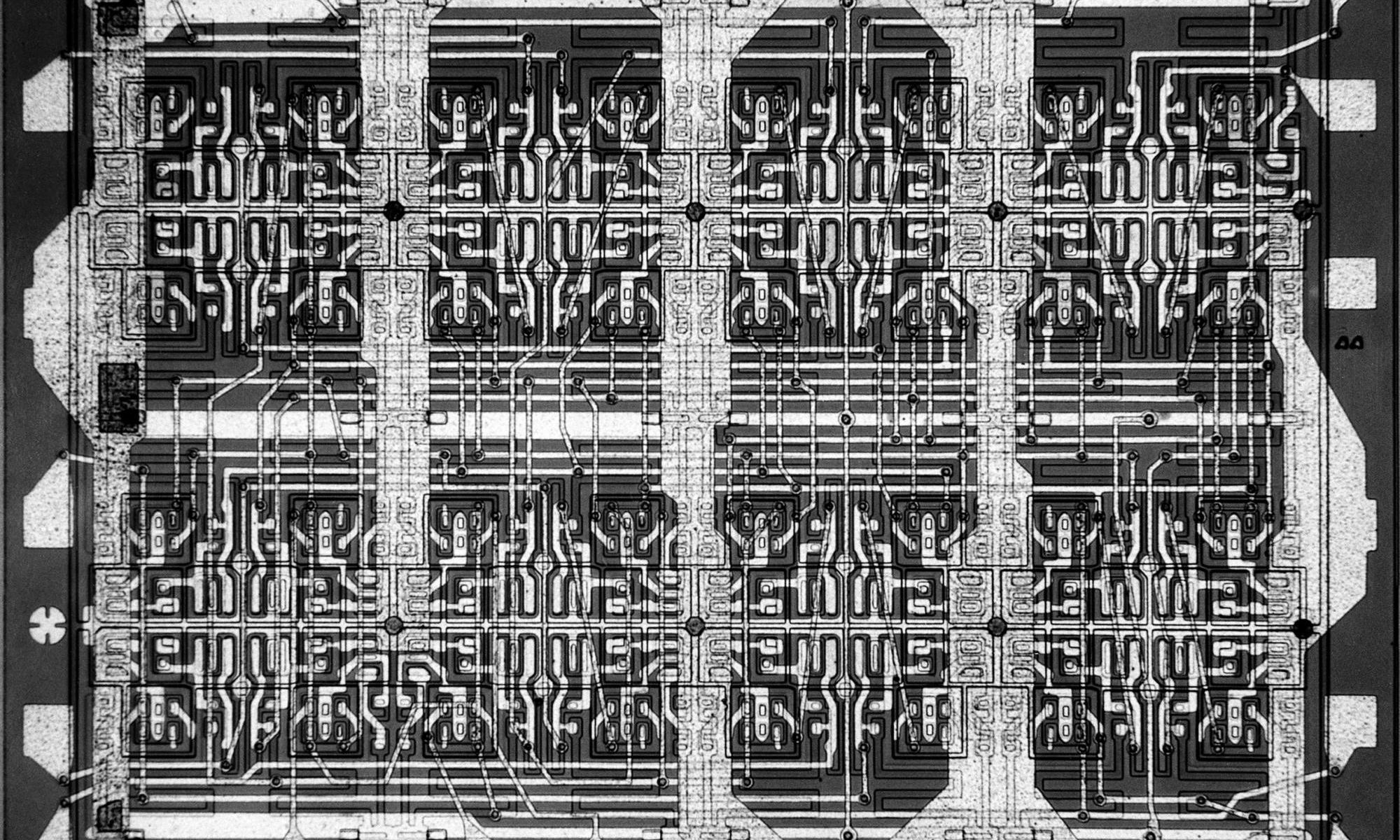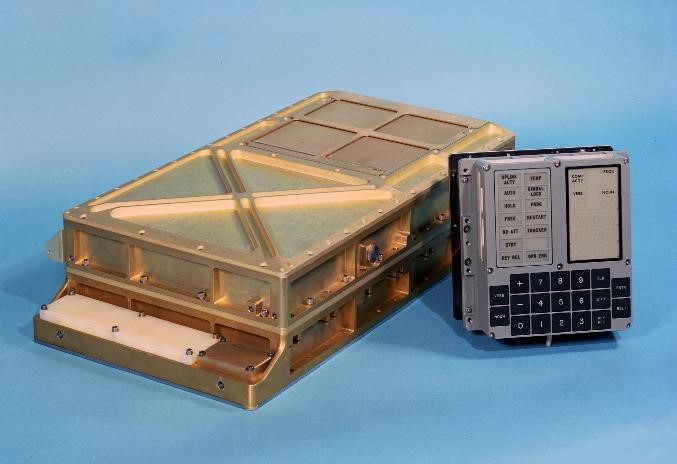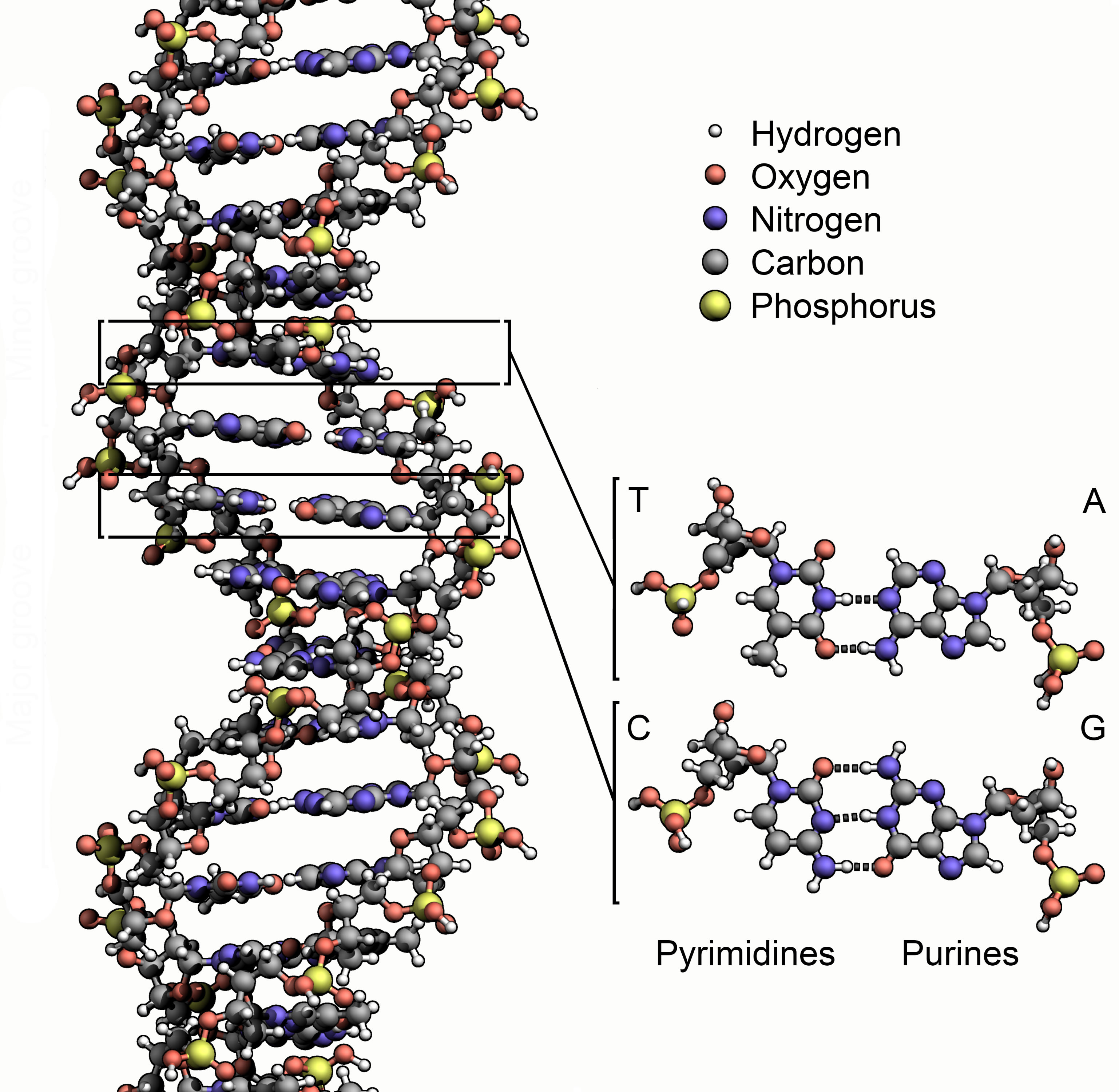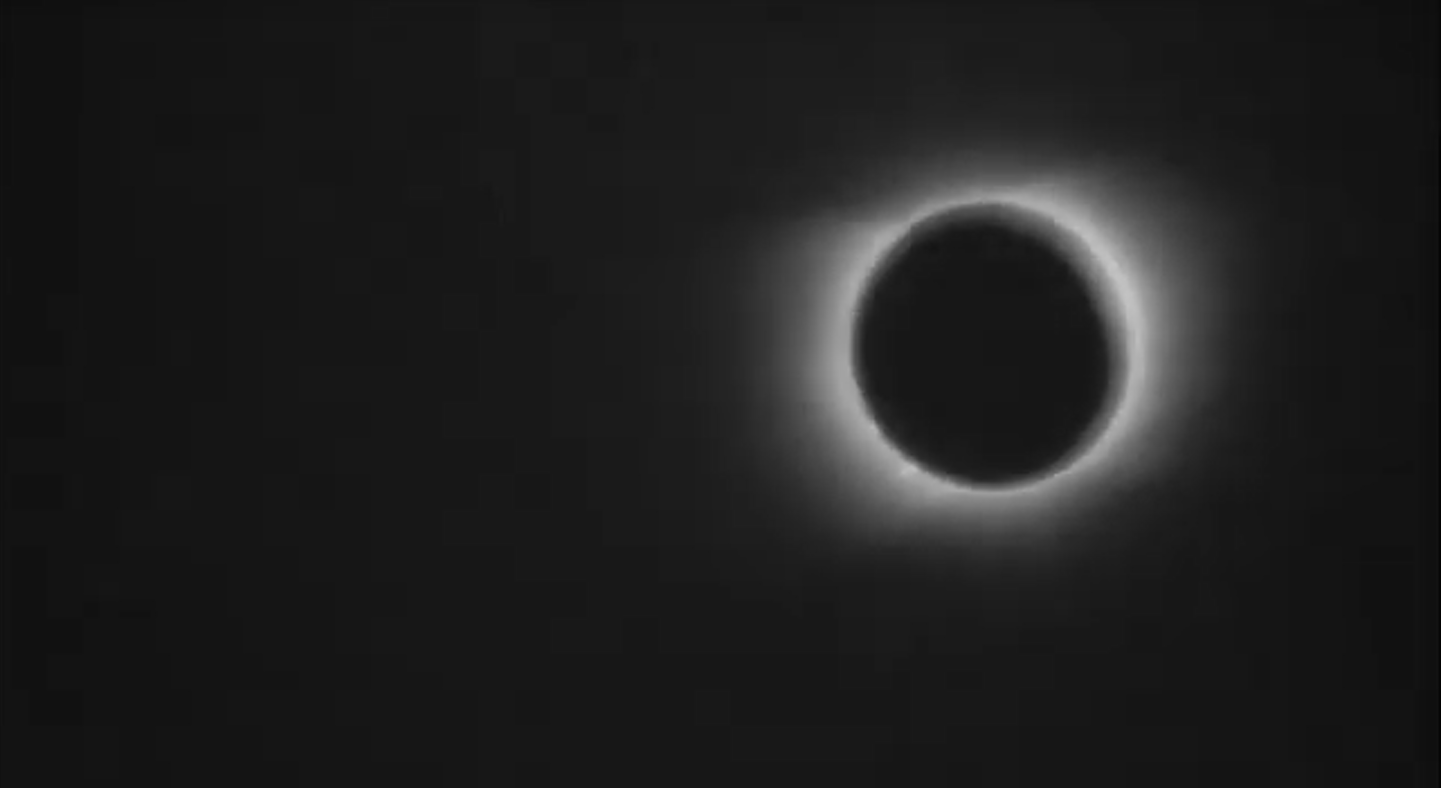We’re in uncharted territory as the world faces the Coronavirus (COVID-19) pandemic. While the medical community is on the front lines of dealing with this, as well as others who provide critical services in our communities, the best thing many of us can do is to stay home (and wash our hands).
If you’re looking for ways to keep occupied, keep your kids in learning-mode while school is canceled, and expand your horizons — all at the same time — luckily there are lots of space and astronomy-related activities you can do at home and online. We’ve compiled a few of our favorites, including this first one, one that just became available yesterday.
Continue reading “Five Space and Astronomy Activities to do at Home During the Coronavirus Outbreak”
